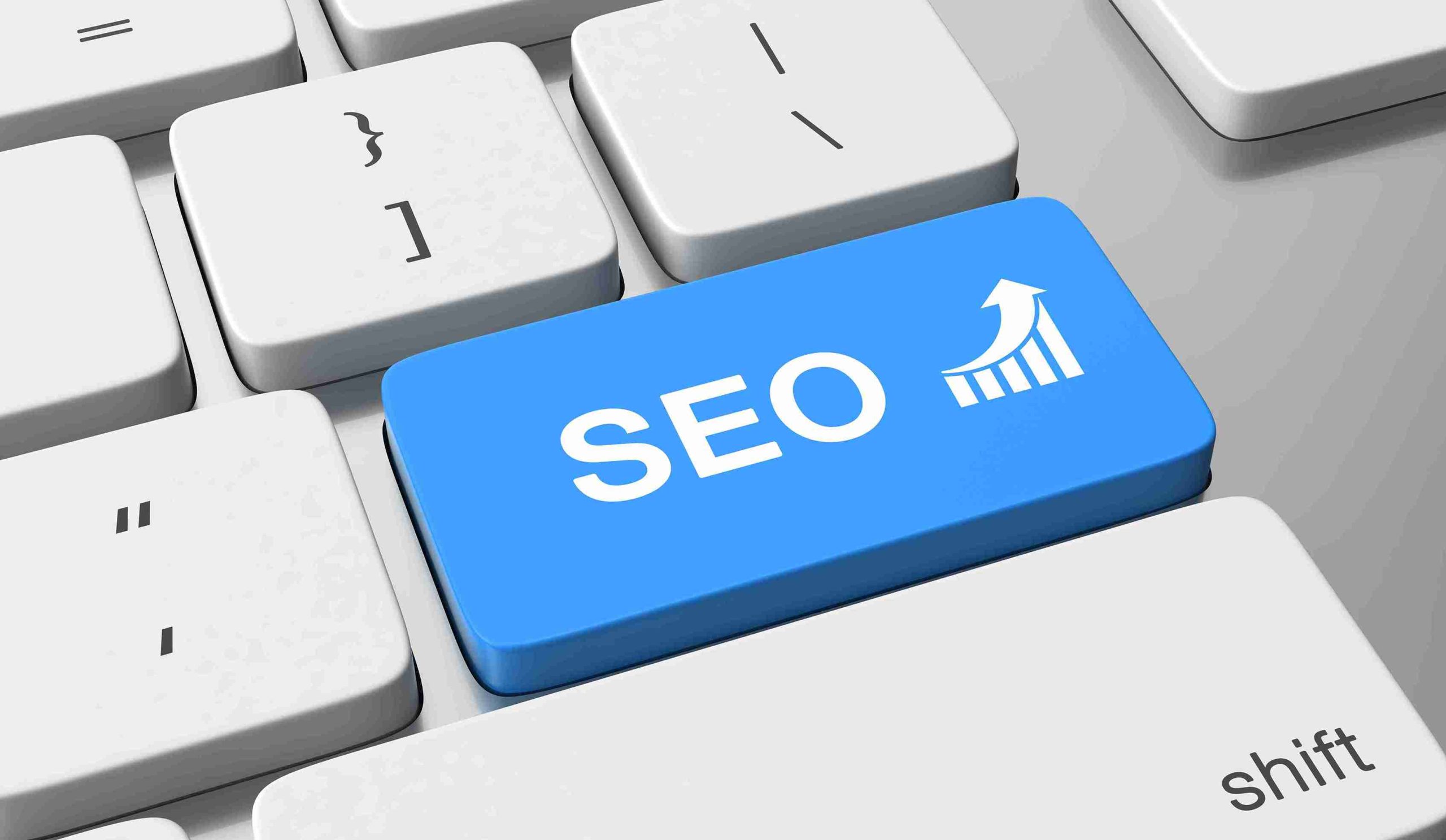SEO for SaaS companies has become an essential component of modern digital marketing strategies. Unlike traditional businesses that rely on one-time purchases, Software-as-a-Service companies depend on continuous user acquisition, subscription renewals, and long-term customer engagement.
For that reason, effective search engine optimization is not only about ranking higher on Google but also about attracting the right audience, nurturing trust, and turning traffic into sustainable revenue.
A strategic SEO plan helps SaaS businesses stand out in a competitive market, ensuring that potential customers find their solutions when searching for relevant problems online.
This article explores how SaaS companies can use SEO to generate leads, increase conversions, and scale their growth sustainably.
What is SEO?
Search Engine Optimization (SEO) refers to the process of improving a website’s visibility in search engine results pages (SERPs). The goal is to make a website appear higher in organic (non-paid) search results for specific keywords that potential customers are using.
In simpler terms, SEO helps your audience find your business online. When done correctly, it attracts users who are actively searching for solutions related to your product or service.
Unlike paid advertising, which stops once you stop spending, SEO continues to deliver long-term results through consistent visibility. SEO is built around three main components:
- On-page SEO – Optimizing website content, titles, and meta descriptions so that search engines understand what each page is about.
- Off-page SEO – Building authority through backlinks from other reputable websites.
- Technical SEO – Ensuring that the website’s structure, speed, and performance meet search engine standards.
For SaaS companies, SEO goes beyond ranking for keywords. It helps communicate value, educate potential customers, and nurture them through the buying process.
Core Elements of an Effective SEO Strategy for SaaS Companies
A successful SEO for SaaS companies strategy requires more than just keyword stuffing or link-building. It must integrate technical precision, data-driven insights, and customer-focused content creation.
These elements work together to enhance visibility, attract qualified leads, and strengthen brand authority. Below are the core components that define an effective SEO framework tailored specifically for SaaS brands.
1. Keyword Research and Intent Mapping
Identifying the right keywords is the foundation of SEO for SaaS companies. The process begins with understanding user intent whether informational, navigational, or transactional. For example:
- Informational intent: What is cloud data management?
- Commercial intent: Best project management SaaS tools
- Transactional intent: Buy CRM software for startups
By mapping content to each intent type, SaaS marketers can create a seamless experience that nurtures users from curiosity to conversion.
2. High-Quality and Educational Content
Content is the most powerful SEO asset for SaaS companies. Blog posts, case studies, whitepapers, and tutorials help potential customers understand the value of your software.
Optimizing this content for target keywords and including strong calls to action encourages readers to take the next step, whether signing up for a free trial or booking a demo.
Effective SaaS content focuses on solving pain points, such as improving productivity, reducing costs, or automating repetitive tasks. When readers perceive genuine value, they are more likely to become paying customers.
3. On-Page SEO Optimization
Optimizing each web page is vital to improving visibility. This includes optimizing meta titles, descriptions, headings, and URLs, while ensuring fast loading speed and mobile responsiveness.
A SaaS website must also feature clear internal linking structures to guide users toward conversion-focused pages like pricing or demo requests.
4. Technical SEO and User Experience
Technical SEO ensures that search engines can crawl and index a site efficiently. SaaS companies often manage complex sites with multiple landing pages, integrations, and documentation sections, making technical optimization essential.
A well-structured website with clean code, secure HTTPS, and optimized Core Web Vitals enhances both SEO performance and user experience.
5. Link Building and Digital PR
SaaS brands can earn them through guest blogging, data-driven studies, or partnerships with relevant industry publications. Building relationships with other websites in the technology sector strengthens domain authority and helps Google view the company as a credible source.
6. Analytics and Continuous Improvement
SEO for SaaS companies is an ongoing process that requires consistent monitoring and optimization. By tracking performance through tools such as Google Analytics and Google Search Console, SaaS businesses can identify which SEO strategies generate the most traffic and conversions.
The insights gained from this data help refine future optimization efforts, ensuring sustainable growth and improved visibility in a highly competitive digital landscape.
How SEO Drives Sales and Revenue for SaaS Companies

SEO for SaaS companies does not just increase traffic, it directly influences sales performance. By attracting users who are actively looking for software solutions, SEO ensures that every click has the potential to convert into a lead or paying customer.
Optimized landing pages that clearly communicate product benefits and pricing help transform organic visitors into subscribers. Furthermore, keyword-driven content funnels, such as “how-to guides” or “comparison articles” serve as touchpoints for nurturing potential customers until they are ready to make a purchase decision.
SEO also improves customer acquisition costs (CAC) by reducing dependency on paid ads. Once established, organic traffic becomes a consistent and affordable channel that contributes to long-term profitability.
Common SEO Challenges for SaaS Companies
While SEO offers immense benefits, SaaS businesses face unique challenges compared to other industries. Understanding and addressing these can make the difference between stagnation and growth.
- Highly Competitive Keywords
SaaS markets are saturated with competitors targeting similar terms. Niche keyword targeting and long-tail strategies are crucial for visibility. - Complex Buyer Journeys
SaaS purchases often involve multiple decision-makers. Content must address different stakeholders, from technical leads to financial executives. - Frequent Product Updates
As software evolves, website content must be updated regularly to reflect the latest features and integrations. - Long Conversion Cycles
Customers rarely buy SaaS products immediately. SEO content must support lead nurturing and remarketing over time.
A strong SEO strategy considers all these challenges and tailors solutions to the company’s specific business model and audience.
Conclusion
SEO for SaaS companies is more than just a marketing tactic, it is a sustainable growth engine. By combining keyword strategy, valuable content, technical optimization, and continuous improvement, SaaS businesses can attract the right audience, generate qualified leads, and convert them into loyal subscribers.
In a digital ecosystem where competition is fierce and customer attention is limited, a well-executed SEO strategy gives SaaS brands the visibility and credibility they need to thrive. With careful planning and consistent effort, search engine optimization becomes one of the most powerful tools for driving both short-term performance and long-term business success.
Read More: 6 Step on How to Start Advertising a Small Business Even on a Small Budget!







One Comment